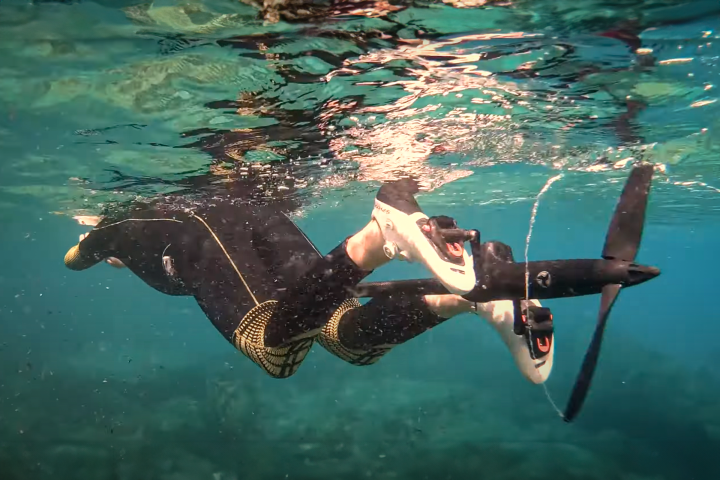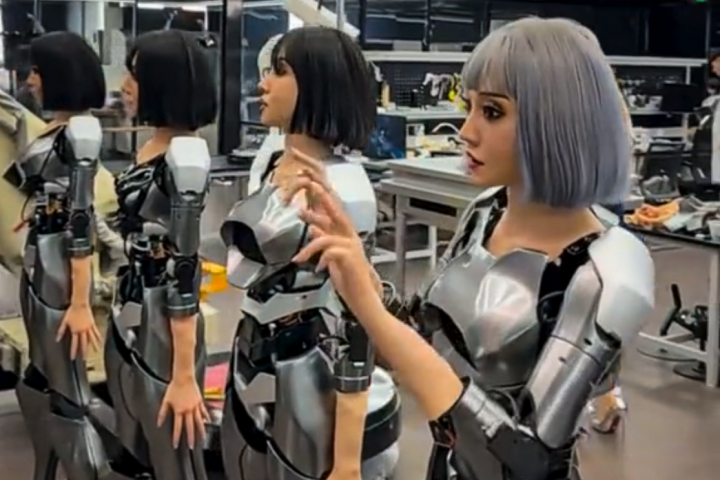As 3D movie projecting continues to bloom, technicians and filmmakers are exploring new ways to create a deeper interaction between the viewers and the big screen. Researchers at the Fraunhofer Heinrich Hertz Institute (HHi) in Berlin are bringing the immersive cinema experience to a new level with a panoramic 3.35 by 12 meters, 180-degrees high resolution display with outstanding image and sound quality.
The audio-visual system makes use of not one, but seven F32 DLP projectors provided by the Norwegian firm projectdesign. The result is a screen with an impressive 7 megapixel resolution and a luminosity of around 28,000 lumens.
For reference, HDTV at its best provides a resolution of "just" two megapixels (1920x1080), which is already extremely high, especially for video content.
The images are divided into several vertical slices and then projected onto the curved surface of the screen. With the help of an optical mirror system, the transition between the slices is seamless and allows viewers to enjoy a 180 degree panorama with unprecedented detail.
As far as audio is concerned, the system uses a real-time Wave Field Synthesis (WFS) surround sound system that requires a large number of loudspeakers and significant computing power for a sound that seems to originate from exactly the same point regardless of the viewer's position with respect to the screen.
"The aim of this installation is to allow digital film experts and famous film directors such as Tom Tykwer, to dive into and discover the fascination of digital cinema projection and video systems, evolving scripts and global economic challenges," commented Christian Wessig from the Image Processing Department at the Fraunhofer HHi.
The inauguration of the HHI TiME Lab – Tomorrow’s immersive Media Experience Lab – at the Fraunhofer Heinrich Hertz Institute took place on 19 February 2010.













